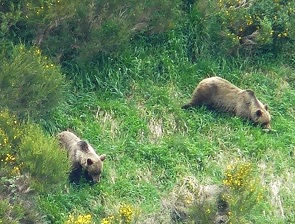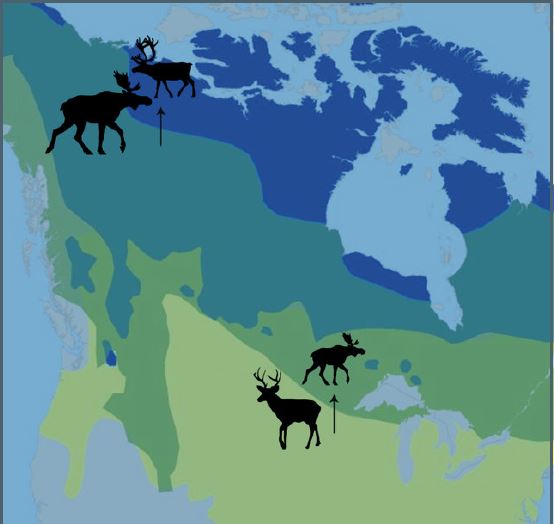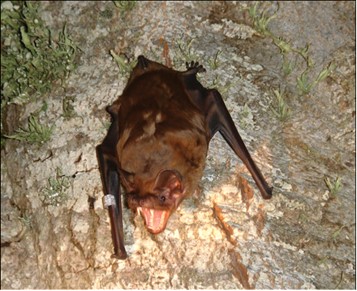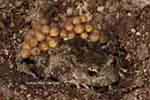
Welcome
Welcome to the official website of the Doñana Biological Station (EBD-CSIC)...

The Doñana Biological Station: EBD-CSIC
The Doñana Biological Station is a public Research Institute belonging to the Spanish Council for Scientific Research CSIC in the area of Natural Resources...

Mission
Our fundamental mission is to carry out multidisciplinary research of the highest standard directed to understanding the way in which biodiversity is generated, maintained and deteriorates, as well as the consequences of its loss...

Our methods
We apply many techniques within a multidisciplinary framework, from molecular genetics to remote sensing, and from modelling to physiological and isotopic analyses...

Monitoring the environment
Monitoring biodiversity at the Doñana Natural Space cover a wide range of communities, including both terrestrial and aquatic organisms...

Aims
Our aims include the study of the ecological and evolutionary processes by combining field work, mathematical and statistical models and physiological and genetic analysis...
 Outstanding
Outstanding
-
 Study reveals ecological keys of a peculiar luminous moss
Study reveals ecological keys of a peculiar luminous moss -
 The Cantabrian brown bear's range has expanded up to 17,000 km2 after decades of decline
The Cantabrian brown bear's range has expanded up to 17,000 km2 after decades of decline -
 Balancing Impacts of Range-shifting Species: Invasive Disruption vs. Biodiversity Benefits
Balancing Impacts of Range-shifting Species: Invasive Disruption vs. Biodiversity Benefits -
 Understanding the complex relationships between ecological traits and spatial distribution patterns
Understanding the complex relationships between ecological traits and spatial distribution patterns -
 Iberian amphibians occupy higher mountain areas compared to the last century
Iberian amphibians occupy higher mountain areas compared to the last century
 News
News
Content with tag distribution ranges .
 Study reveals ecological keys of a peculiar luminous moss
Study reveals ecological keys of a peculiar luminous moss
This unique plant is distributed in only a few areas of the Iberian Peninsula, especially in the north and northwest, and its ecology is still poorly known. Many of its populations are threatened by human activity.





